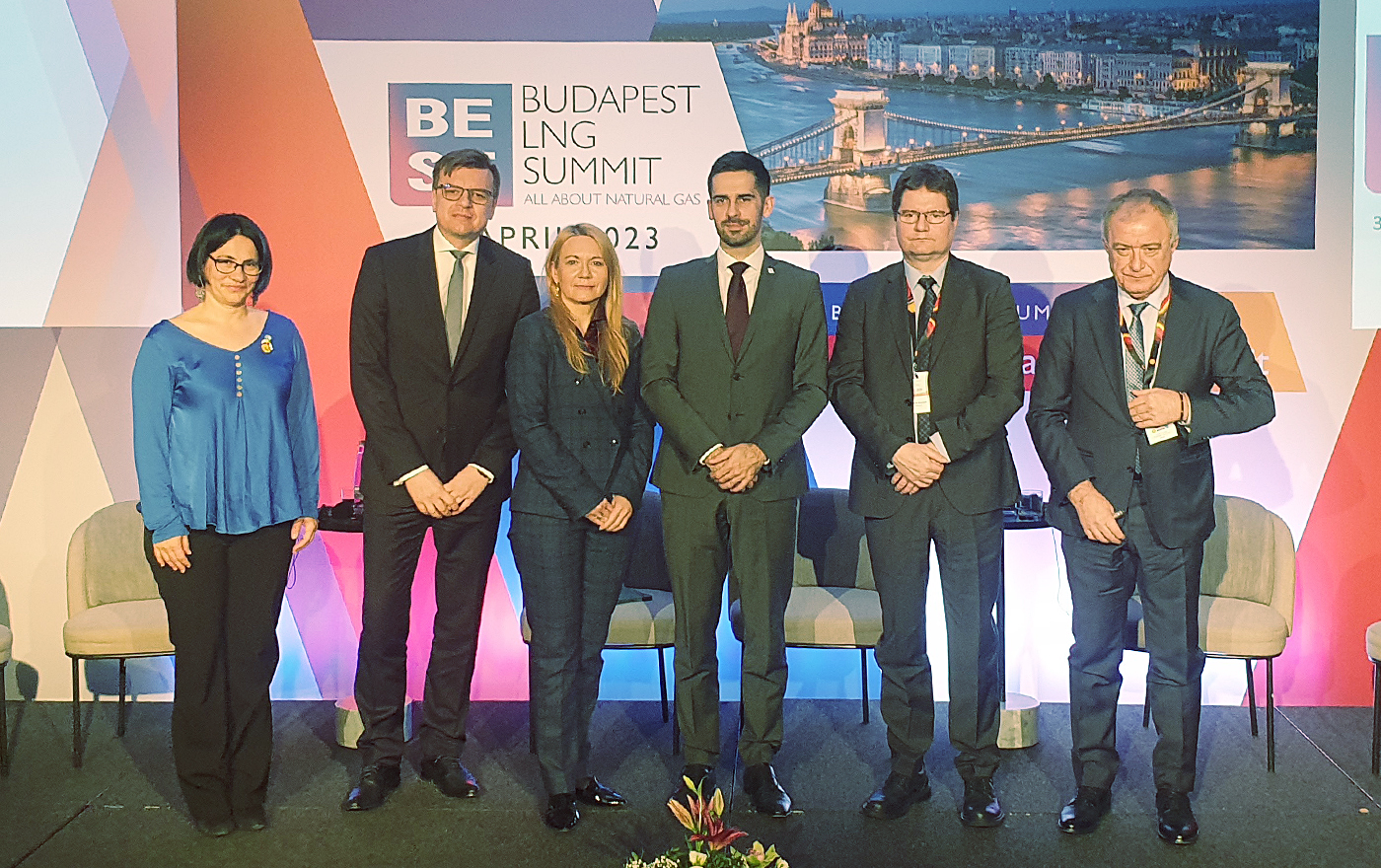In recent decades, Ukraine and its Gas TSO have shifted their strategic focus toward the European Union. The company has been actively integrating into the European gas market and working to increase capacity with adjacent countries such as Poland, Slovakia, Hungary, Romania, and Moldova.
Olga Bielkova, Director of Government and International Affairs of GTSOU, highlighted this opinion during her speech at the Budapest LNG Summit.
“In Ukraine, we have shifted priorities for using gas infrastructure from the East to the West. We constantly strengthen cooperation with European partners. We are interested in diversifying gas supply sources and preserving the EU countries’ resources in Ukrainian underground storages and LNG, which presents one of the most obvious directions for replacing russian gas in Europe. We believe that utilizing Ukraine’s gas infrastructure can effectively preserve the EU resources from the point of import to the point of consumption by end-users”, said Ms. Bielkova.
The director of GTSOU has identified areas for enhancing collaboration with Poland, Slovakia, Romania, Moldova, and Hungary as part of short-term objectives. According to her, the company’s efforts are focused on several directions including optimizing the system based on current natural gas transportation volumes and preparing the system for transporting decarbonized gases such as biomethane and hydrogen, a top priority.
But until the production of renewable gases reaches the necessary volumes, natural gas will remain a transitional fuel capable of replacing less environmentally friendly coal.
Olga Bielkova has observed similar trends across Central and Eastern European countries. She has suggested that preventing monopolies through collaborative efforts and researching the utilization of GTS for decarbonized gases, combined with leveraging the potential of existing infrastructure, will enhance the region’s energy security while keeping energy costs at an optimum level.

